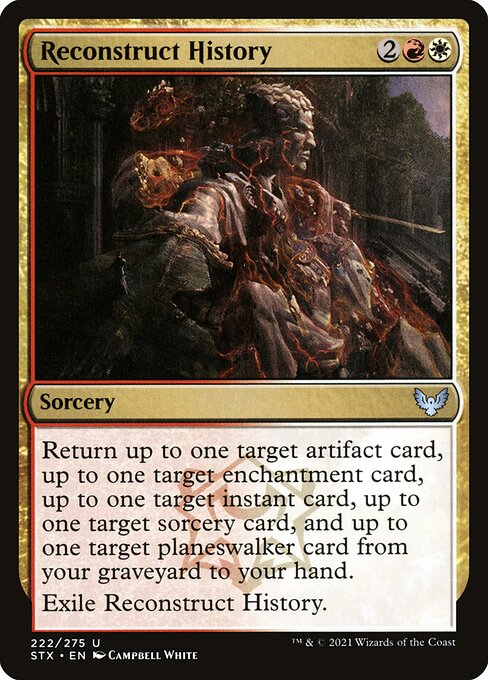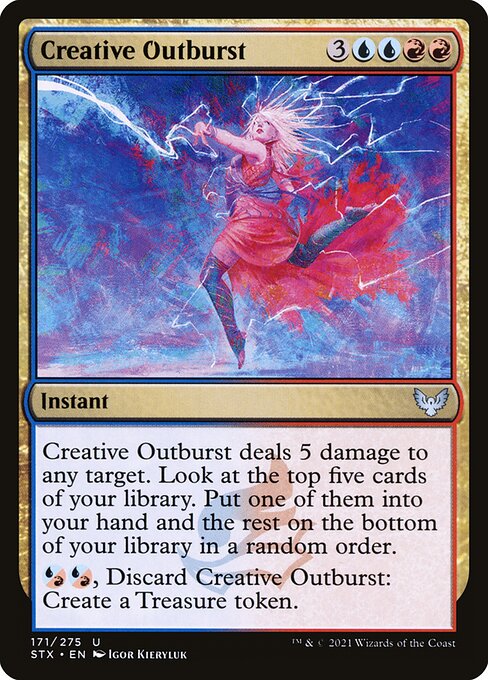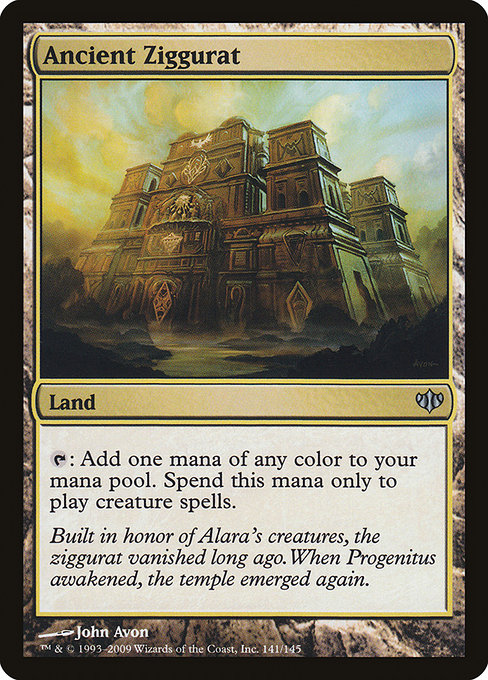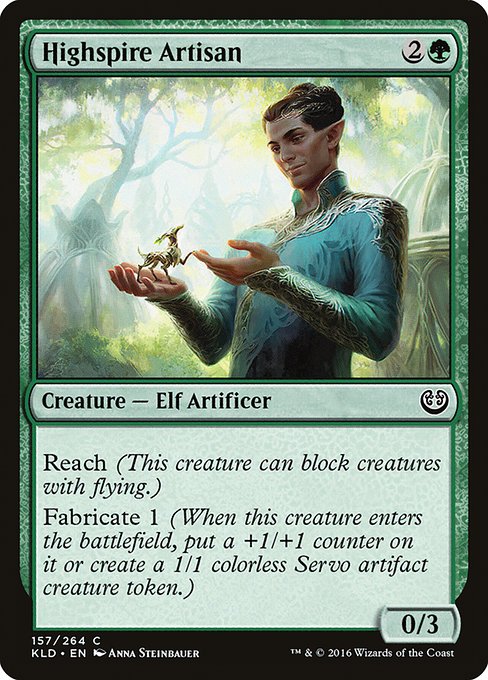Wizards of the Coast has shaken up Historic, a format in which every card released on Arena is legal. What is Historic Artisan, how does it work, and what decks are good? That’s what I’m here to show you. I’m Luka “Robot Rallis” Sharaska, and welcome to your apprenticeship! You’ll be a true Artisan in no time.
Historic proper can be a bit daunting to players who don’t have a large collection. It can be costly to spend a ton of money getting all of the mythic and rare wild cards necessary to compete at the highest level. Midweek Magic, an event previously designed to help players keep the Magic spirit alive while they couldn’t visit local game stores. Now with most local game stores open, it serves as a cool showcase of many quirky game modes Wizards has to offer. Historic Artisan is a part of this week’s Midweek Magic, and I couldn’t be more excited to tell you about what it is and how it works.

What is Historic Artisan and How Does It Work?
Rares and mythic rares are not legal in this format. This means you will only have commons, uncommons, and basic lands from which to select cards for your deck. There is also a short, albeit important to note ban list. Here is a summary of the most important notes to take in.
-
- Gates Ablaze, Persistent Petitioners, Zenith Flare, Cauldron Familiar, Veil of Summer, Abiding Grace, and Wilderness Reclamation are all banned.
- The card pool for Historic Artisan, barring all mythics and rares, is otherwise the same as Historic. It features all cards from all sets released on Arena.
- Historic Artisan is a Best-of-1 format.
- Decklists are user-submitted to websites like MTG Arena Zone, and thus data on the best decks is hard to gather.
- Aggressive decks, as usual, tend to be overrepresented in Best-of-1 formats. This particularly relevant when rare sweepers and powerful mythic finishers aren’t legal.
What Decks are Popular and Good?
This is actually a difficult question, as data on the meta is not released by Wizards and is only submitted voluntarily by users. However, having delved into some of these events myself, I can give you an idea of what to expect. Aggressive, often mono-colored decks are exceedingly common. Additionally, obvious synergy-based decks with multiple payoff uncommons like Trelasarra, Moon Dancer + Ajani’s Pridemate or Soaring Thought-Thief + Oona’s Blackguard are also popular. Although the list below isn’t exhaustive by any stretch, these are the decks you’ll likely see the most often, and a good point of reference for what you’ll need to watch out for if you want to brew your own deck.
- Mono-Red Aggro: Although burn and goblin variants of this deck exist, they all have the central theme of being fast and painful. You will almost certainly face this deck.
- Mono-White Aggro: Endless creatures and surprising reach make this deck another heavy hitter. It’s also quite easy to build.
- Mono-Black Sacrifice: 12 Blood Artist effects and a low curve make this deck quite potent.
- Dimir Rogues: Flying threats with a powerful control backup plan.
- Rakdos Sacrifice: Oni-Cult Anvil is still a powerhouse in this powered-down format, trust me.
- For an exhaustive list of the others, check here.
But maybe you’d prefer to have your own deck. Perhaps you’ll have a…

What are the Deckbuilding Fundamentals?
While there are a lot of decks to choose from, you can certainly make your own, and I encourage you to do so. A good place to start is knowing what kinds of mana-fixing lands are available, since that will decide which color combinations are and aren’t worth pursuing.
What Lands are Legal?
Tapped snow lands like Arctic Treeline, gates like Selesnya Guildgate, “gain-lands” like Blossoming Sands, basic land type inclusive lands like Radiant Grove, as well as other tapped duals and utility lands. When it comes to three-color fixing, the best you’ll really get are cards like Obscura Storefront. These will be only in the combinations of two ally colors and one enemy, often called “shards.” There are some nifty tricks out of the land slot, with interesting double-faced cards like Jwari Disruption and activated abilities like that of Desert of the Mindful, among many others. Yes, you have tons of choices before you even get to nonland cards.

What About Nonland Cards?
Well, there are about 4600 or so cards to choose from, but we will cover the important stuff. First, you should familiarize yourself with the removal in the format. The decklists posted earlier will give you a good idea. With those cards in mind, selecting creatures becomes a slightly easier endeavor. Similarly, choosing removal is a bit easier than normal, not only because the removal is so limited, but also because the most common creatures tend to be rather small (at least at first). Since rares aren’t allowed in this format, you can quickly eliminate a lot of strategies, especially most control and combo decks, as most sweepers and combo enablers tend to be rare or higher.
If you have a Historic deck already built, pull the rares out and take a look at what’s left. If it looks promising, see what you can replace and what you can’t. That’s actually how quite a few Historic Artisan decks seem to have been built. The most important thing to know is that there’s lots of room for innovation and improvement, as most lists tend to be packed with playsets of almost every card in the deck. Or, you can create something new!

Tying It All Together
Cheap removal and efficient creatures aside, you should ultimately play what’s fun to you. As long as you’re packing enough removal, you can put together some relatively complex strategies and craft a truly artisanal gameplan. As new sets change up what Midweek Magic has to offer, remember to check in with us at Hipsters of the Coast to see any updates on the Historic Artisan meta, deck techs, archetype guides, and more! I hope to see you on the other side of the digital table, and I’ll be piloting the nerfed and rareless blue-black control. I’ve been Luka “Robot Rallis” Sharaska, and you’ve just learned the basics of Historic Artisan.
Luka Sharaska (they/them) earned the nickname “Robot” by having a monotone voice, a mind for calculating odds, and a calm demeanor. Robot has been playing Magic for more than a decade, starting during the days of New Phyrexia in 2011. Most days, you’ll find them in the gym or creating content for their YouTube channel: Robot Rallis.

